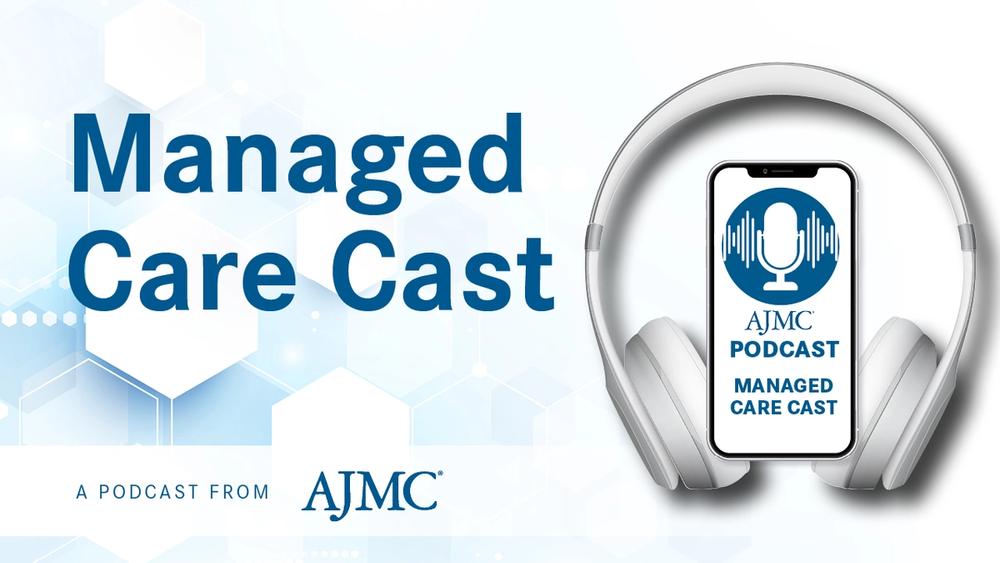Commentary
Video
Early Diagnosis Vital to Myasthenia Gravis Treatment: Richard J. Nowak, MD, MS
Author(s):
Richard J. Nowak, MD, MS, Yale School of Medicine, explains what some early myasthenia gravis symptoms are and their impact on research efforts.
Myasthenia gravis is an autoimmune disorder that affects the neuromuscular junction; it cannot be entirely prevented. However, patients do often have symptoms in common that appear frequently before diagnosis. In part 2 of this interview with The American Journal of Managed Care®, Richard J. Nowak, MD, MS, associate professor of neurology; director, myasthenia gravis clinic; and director, program for clinical and translational neuromuscular research, Yale School of Medicine, explains some of these early myasthenia gravis symptoms and their impact on research efforts.
Revisit part 1 of this interview, where Nowak discusses late-breaking data from the MINT trial (NCT04524273), investigating inebilizumab, that he presented at the 2025 American Academy of Neurology annual meeting.
This transcript has been lightly edited for clarity; captions were auto-generated.
Transcript
Are there early in-common symptoms among patients who have myasthenia gravis?
Myasthenia gravis is an autoimmune condition that affects neuromuscular transmission. The clinical symptoms that we see are fatigable muscle weakness. Most commonly, in fact, in up to 90% of individuals, the first presenting symptom is an ocular symptom—double vision or eyelid droop or combination of both—we observe that in the majority of patients, regardless of the antibody subtype that they might have. Patients in about 50% to 75% of cases will progress to a generalized form of myasthenia gravis. This can include things like difficulty speaking, so slurred speech; fatigue with chewing; choking on food; and also weakness in their arms and legs are not uncommon symptoms that we observe.
How can identifying these early symptoms help guide future research efforts?
I think early recognition and early diagnosis is something that we do need to pay attention to. It has been observed over the years that there can be a delay to diagnosis of up to 2 or so years from the initial symptom, looking retrospectively back. I think that's certainly much more common in individuals that present with milder symptoms or subtle symptoms, where the symptoms might fluctuate—so by the time they might reach their physician, primary care, or ophthalmologist, for instance, in the case of double vision, the symptoms and exam findings might have completely resolved, so an evaluation might not necessarily be pursued. Myasthenia gravis, as a rare condition, is not the first thing that comes to mind when someone might have double vision or eyelid droop, per se, but it certainly should be on the radar of physicians in primary care, ophthalmology, or in neurology for sure.




